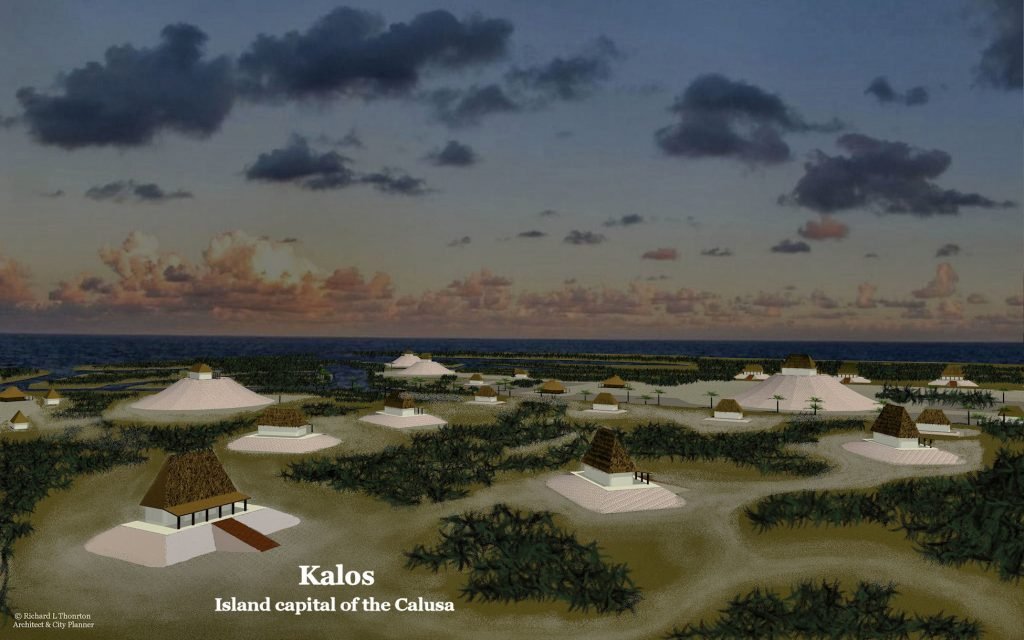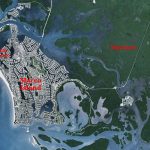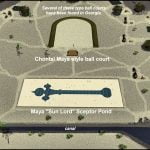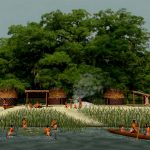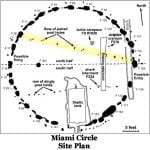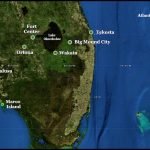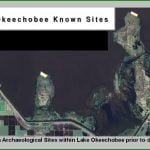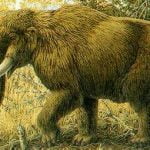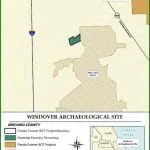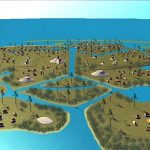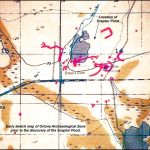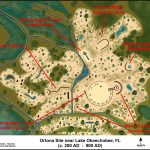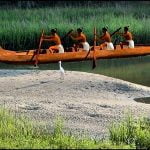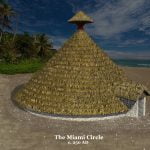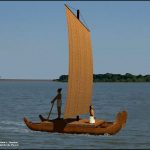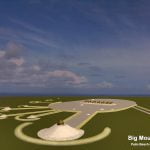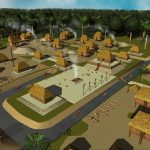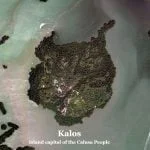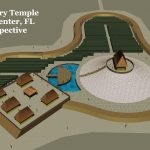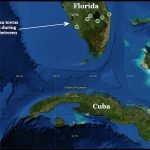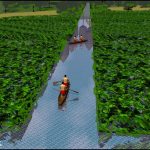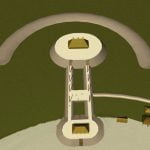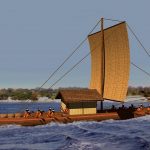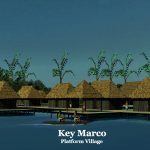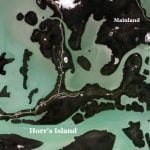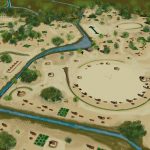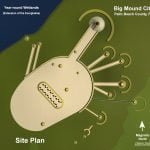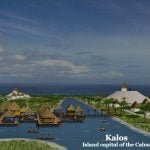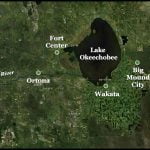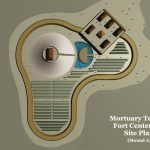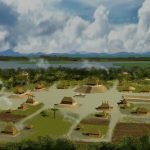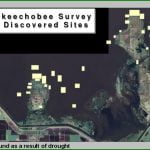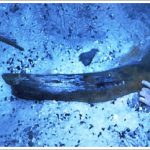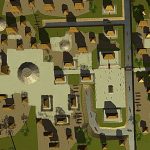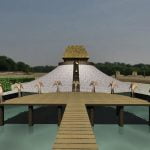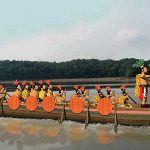The region contained some of the most sophisticated indigenous cultures that ever existed north of Mexico. Its towns built large earthworks and ponds in the shape of the ceremonial scepters carried by leaders in the Southeastern Ceremonial Mound Culture, but they were built several centuries before the Southeastern Ceremonial Mound Culture appeared elsewhere. Its engineers constructed several hundred miles of canals and raised causeways to interconnect the towns. They even built locks to enable cargo canoes to bypass rapids. Yet despite all this cultural precociousness, so far there is no evidence that the people of South Florida ever practiced large scale agriculture. 1 However, intensive cultivation of raised garden beds in a semi-tropical climate, also a practice of the Mayas, may have produced a far higher percentage of their diet than anthropologists currently presume.
There is something else odd about the Native American towns and ceremonial sites of the Lake Okeechobee Basin. Few people, even in South Florida, know they exist. 2 They have received very little exposure in state or national archaeological journals, only in articles published by journalists in Miami and Sarasota newspapers. A series of outstanding archaeologists have worked on town sites in the region. All have ended up being ostracized or seeing their research ignored. Later in the series, we will discuss the experiences of the shunned archaeologists and probable reasons.
Table of Contents
- Lake Okeechobee Geology
- Early Human’s Presence around Lake Okeechobee
- The Archaic Period of Lake Okeechobee
- Ancient Lake Okeechobee Regional Transportation System
- Belle Glade Culture of Lake Okeechobee
- Muspa Culture, Key Marco and other Platform Villages
- Mound Complexes and other Archaeological Sites
- The People of Lake Okeechobee
- The Chontal Maya or Putun Maya
Gallery of the Native American Tribes of Lake Okeechobee
Citations:
- Austin, Daniel W. (1997). “The Glades Indians and the Plants they Used: Ethno-botany of an Extinct Culture.”[↩]
- In 2006, when the author was trying to find out more information on the Ortona site, the staff of the National Park Service’s Southeastern Archaeological Center in Tallahassee, FL, claimed not to know that Ortona existed.[↩]

